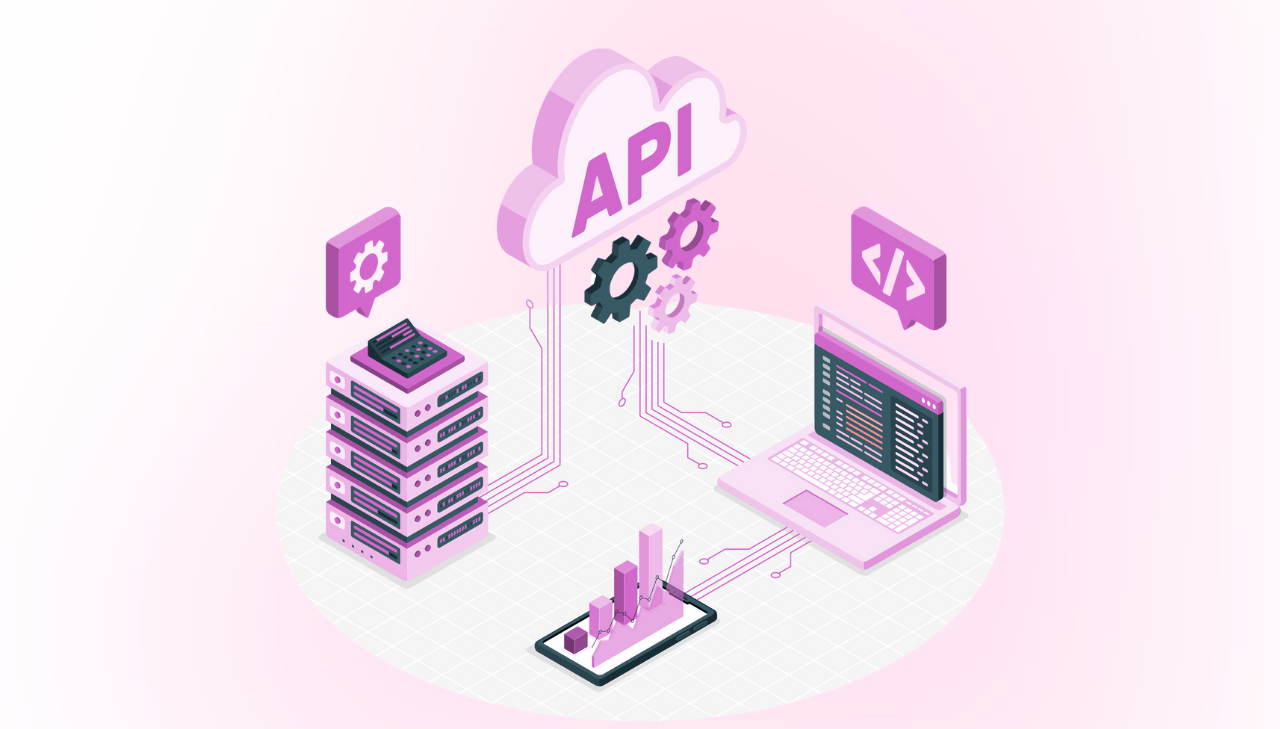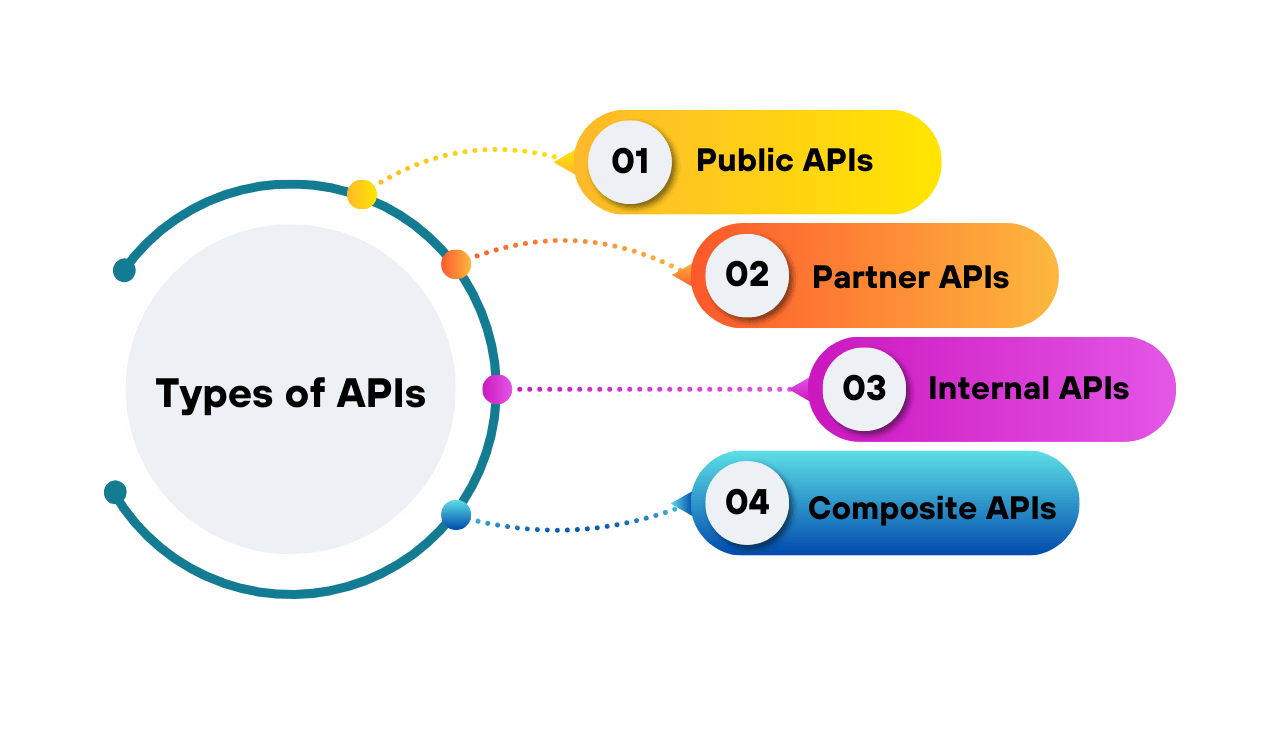What is API? Unlocking Seamless Integration for Modern Businesses

In today's digital landscape, APIs are the backbone of modern software communication, enabling systems to share data and work together seamlessly. This article explores the fundamentals, various types, architectures, and integration methods of APIs, as well as the significant business benefits they bring. We'll also showcase a practical application that demonstrates how effective API integration can streamline complex workflows.
Understanding API Fundamentals
APIs (Application Programming Interfaces) enable different software systems to communicate and share data seamlessly. API connectivity creates standardized pathways for applications to interact without requiring users to understand complex underlying processes.
According to AltexSoft, APIs function through a request-response communication model where a client application sends a request to a server, and the API processes and returns a response – establishing the foundation of connectivity between systems.
The essential components include:
- API Endpoints: Specific URLs where the API can receive requests.
- API Calls: The requests made to an API containing operations, parameters, and authentication details.
- Authentication Mechanisms: Security measures like API keys or OAuth tokens to verify access.
- Data Exchange Formats: Standardized formats (typically JSON or XML) that structure information exchange.
- API Documentation: Technical specifications guiding developers in API usage.
The following diagram illustrates how it works together in a typical API architecture:

This standardized approach to application communication boosts efficiency, functionality, and user experience across digital platforms.
A Simple API Example
To understand the basics, let's look at a practical example of how an API works with a simple REST API request and response.
Example request:
// Making a GET request to a weather API endpoint
fetch('https://api.weatherapi.com/v1/current.json?key=<YOUR_API_KEY>&q=London')
.then(response => response.json())
.then(data => {
console.log(`Current temperature in ${data.location.name}: ${data.current.temp_c}°C`);
})
.catch(error => console.error('Error:', error));
Example response:
{
"location": {
"name": "London",
"region": "City of London, Greater London",
"country": "United Kingdom",
"lat": 51.5171,
"lon": -0.1062,
"tz_id": "Europe/London"
},
"current": {
"temp_c": 19.2,
"temp_f": 66.6,
"is_day": 1,
"condition": {
"text": "Sunny",
"icon": "//cdn.weatherapi.com/weather/64x64/day/113.png"
},
"wind_kph": 13.7,
"humidity": 46,
"cloud": 0,
"feelslike_c": 19.2,
"feelslike_f": 66.6
}
}
This example clearly illustrates the fundamental components of an API: a designated endpoint URL, API key-based authentication, a structured request, and a standardized JSON response that applications can easily parse and integrate.
Types of APIs

API integration enables organizations to connect specialized services without building everything from scratch. According to Workato, APIs come in several fundamental types:
- Public APIs: Open to anyone, often used for third-party integrations and public services. Any organization can access these without special partnerships.
- Partner APIs: Restricted to authorized business partners for specific collaboration. These require formal relationships and typically offer deeper integration capabilities.
- Internal APIs: Used exclusively within an organization to connect internal systems. These facilitate data flow between departments and proprietary applications.
- Composite APIs: Combine multiple API calls into a single request to improve efficiency. These reduce network overhead and simplify complex operations.
API Integration Architectures
Different API architectures serve distinct integration needs, each with unique advantages and ideal use cases. Understanding these architectural patterns helps organizations select the right approach for their specific requirements.
REST
REST (Representational State Transfer) is the most prevalent architecture for modern API integration. RESTful APIs use standard HTTP methods and are resource-oriented, and their stateless nature and simplicity make them ideal for scalable web services.
SOAP
SOAP (Simple Object Access Protocol) is a more rigid protocol that uses XML for message formatting. It offers built-in security and reliability for enterprise applications, providing stronger typing and comprehensive error handling for mission-critical systems.
GraphQL
A query language for APIs that allows clients to request exactly the data they need, reducing over-fetching and network overhead. This flexible approach enables frontend applications to specify their data requirements precisely.
Webhook-based
An event-driven mechanism where systems push data to specified endpoints when certain events occur, enabling real-time updates. This approach excels in scenarios requiring immediate notifications and responsive user experiences.
Additionally, emerging technologies like gRPC are gaining traction for high-performance API communications, particularly in microservices architectures.
For further insights, check out this video on popular API architecture styles:

API Integration Methods
Beyond architectural styles, API integrations can be classified by their communication patterns, with each method offering distinct advantages for different use cases. Understanding these different integration methods is crucial for designing robust system interactions.

Synchronous
The client makes a request and waits for the server to respond. This approach is ideal for operations requiring immediate feedback, such as:
- Payment processing.
- User authentication.
- Critical transactions.
Asynchronous
In this model, the client sends a request without waiting for an immediate response, allowing the system to process the request in the background. This method is better suited for:
- Time-consuming operations (data processing, reports).
- Ensuring reliability against downstream failures.
- High-volume processing optimized for throughput.
Hybrid
Hybrid integration combines both approaches – initiating processes synchronously to validate inputs, then handling processing asynchronously with status updates or webhooks. This ensures immediate validation followed by efficient handling of longer tasks.
With a solid understanding of integration methods, it's time to examine the tangible business benefits that robust API connectivity offers.
Business Benefits of API Integration
API connectivity delivers transformative advantages for businesses seeking to innovate and optimize their operations in today's digital ecosystem. Organizations implementing effective API strategies experience tangible benefits across multiple dimensions.
According to Forbytes, businesses leveraging API integrations boost digital transformation success by 30% and improve operational efficiency by 24%. These impressive metrics illustrate why API connectivity has become essential for competitive advantage.
Key benefits include:
- Enhanced Efficiency: Automating workflows and eliminating manual data entry.
- Accelerated Innovation: Enabling rapid development using existing functionality.
- Improved Customer Experience: Delivering seamless experiences across channels.
- Increased Scalability: Facilitating easy integration of new applications.
- Better Data Utilization: Breaking down information silos for improved analytics.
- Enhanced Agility: Quickly adapting to market changes and evolving business needs.
- Cost Savings: Reducing operational costs by streamlining processes and minimizing manual tasks.
As we appreciate the transformative benefits of API integration, let's look ahead at the emerging trends shaping the future of API connectivity.
Future Trends in API Connectivity
The evolution of API connectivity is increasingly focused on more efficient, real-time, and AI-integrated solutions. According to Capital Numbers, these advancements are driving several key trends:
- AI-Driven Management: Automating documentation, optimizing performance, detecting security threats.
- Low-Code Integration: Making APIs accessible to business users without technical expertise.
- Real-Time Capabilities: Enabling instant updates through WebSockets and similar technologies.
- API Monetization: Treating APIs as valuable products with revenue potential.
- Sustainability: Optimizing APIs to reduce energy consumption at scale.
API in Action: Transforming Document Conversion
One powerful application of API connectivity is in document processing and conversion – a critical need for many businesses managing digital workflows. The ability to seamlessly transform HTML content into standardized PDF documents is an ideal example of effective API integration in action.
Throughout this article, we've highlighted that successful API integration relies on reliable endpoints, clear documentation, proper authentication, and consistent performance. These principles are exactly what we've applied in developing PDFBolt, our specialized HTML to PDF conversion API.
PDFBolt showcases the benefits of API connectivity by offering:
- A straightforward REST API interface that integrates seamlessly with your existing applications.
- Comprehensive documentation with clear examples and implementation guides.
- Secure, GDPR-compliant processing that ensures your data privacy.
- Flexible processing options: supports both synchronous for real-time PDFs, asynchronous for high-volume tasks.
- A free plan to help you test and implement without upfront costs.
- Consistent, high-quality PDF output from any HTML content.
Whether you're generating invoices, creating reports, or archiving web content, PDFBolt demonstrates how well-designed API connectivity can transform complex processes into simple, automated workflows – delivering the operational efficiency and innovation that modern businesses need.
Conclusion
Effective system integration through APIs represents far more than a technical necessity – it's a strategic business asset that powers digital transformation. By creating standardized pathways between systems, these interfaces enable organizations to streamline operations, accelerate development cycles, and maintain competitive advantages in rapidly evolving markets. As demonstrated by practical applications like PDFBolt, robust API integration can simplify complex workflows and unlock significant business value. Embracing these principles today is key to thriving in the digital future.
Wishing you seamless API integrations! ⚡
